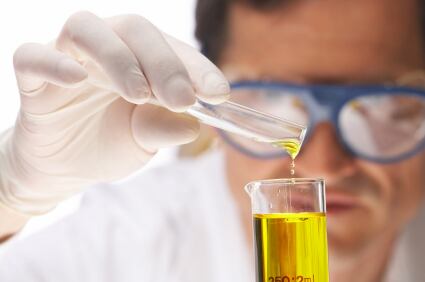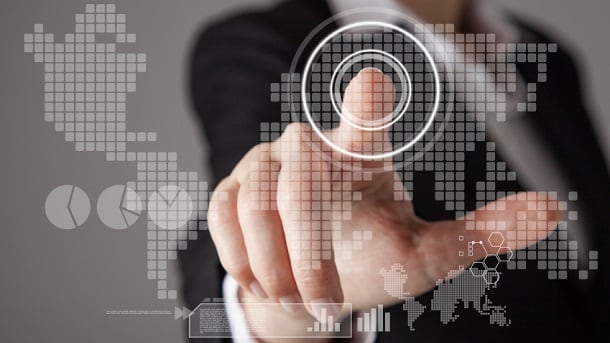The Safety Gate system (formerly ‘RAPEX’)
The EU Cosmetic Regulation (EC) No. 1223/2009 states: “A cosmetic product made available on the market shall be safe for human health when used under normal or reasonably foreseeable conditions of use.”
Unfortunately, that is not always the case.
In order to ensure that there are no dangerous products on the EU market and to keep consumers safe, the European commission has established a system called the Safety Gate.
The Safety Gate is a rapid alert system for dangerous non-food products (previously known as RAPEX), which is a system for rapid exchange of information on dangerous products (including cosmetics) on the EU market between the national authorities of 31 European countries (EU Member States together with Liechtenstein, Norway and Iceland) and the European Commission.
The system was established in 2004 by Directive 2001/95/EC.
Which products does it cover?
The European Rapid Alert System covers dangerous non-food products, which pose a serious risk to consumer health and safety.
The system covers cosmetics, toys, clothing, childcare products, as well as professional products (e.g. machinery).
In addition, the system also includes products, which present indirect hazards to consumers and the environment caused by the presence of organic pollutants and heavy metals that can cause contamination of water and soil.
The system excludes pharmaceutical products, medical devices, food and feed, which have their own alert systems.
How does it work?
The first step is identifying the treat. This can be done by manufacturers, distributors or importers, who have to inform the competent national contact about their dangerous product via the Business Gateway (formerly known as GPSD Business Application).
In this case the measure taken is marked as a voluntary measure. It can be also done by a competent authority of a Member State, which then releases a compulsory measurement regarding the dangerous product found on the market.
Once the dangerous products have been found, they are recalled, withdrawn or stopped at the border.
After that, the national authorities submit the information on products found and the action taken to the European Commission. The latter distributes the information to all national authorities via the rapid alert system.
Other member countries can then screen their markets for the dangerous product and take the necessary measures to ensure safety of consumers.
Wider co-operation
The European Commission also cooperates with the Chinese authorities in product safety issues. This cooperation, called RAPEX-China, is in force since 2006 and enables exchange of information regarding dangerous products of Chinese origin detected by EU Member States.
All alerts are publicly accessible on online database which can be found on the website of the European Commission.
The Rapid Alert System also publishes weekly and annual reports on their website together with monthly notifications and reactions.
What about the products sold online?
Online shopping is trending as consumers buy more and more online. Many dangerous products are therefore also sold online.
To help with detection and removal of such products, several member countries have set up specialized teams to check for dangerous products sold on online platforms.
In addition, the European Commission also cooperates with Amazon, Alibaba and Ebay in hope to ensure a quick detection and removal of non-compliant products which potentially endanger health and safety of consumers.
Statistics on dangerous non-food products
There were just over 2050 alerts of dangerous non-food products in 2018.
Most notifications were for products originating from China. Category with the highest number of alerts so far is category of toys, followed by motor vehicles, clothing, electrical appliances and cosmetics.
There were 145 alerts regarding cosmetic products in the year 2018, which accounts for 7% of all notified products throughout the year.
The most notified cosmetic products were of unknown origin and the second most were of Chinese origin.
The number one type of risk posed by the notified cosmetics was chemical risk, followed by choking, health risk, microbiological risk and other risks.
The country that notified the most cosmetic products was Lithuania, followed closely by Czech Republic. All Rapid Alert System Statistics can be found on the website of the European Commission.
How to ensure compliance with the EU Cosmetic Regulation?
Every cosmetic product placed on the EU market must comply with the EU Cosmetic Regulation (EC) No. 1223/2009.
The main objective of the regulation is to protect consumers from the dangerous and non-compliant cosmetic products.
Producers and manufacturers must ensure that their products are compliant with the EU regulation before placing them on the EU market.
In order to do so, they need to assign a responsible person (RP) to each cosmetic product placed on the EU market.
The RP needs to be based in the EU and their main task is to guarantee that the products are safe and compliant with the regulation.
CE.way Regulatory Consultants is one company that offers RP service as well as other regulatory and testing solutions, in order to help beauty companies on their way into the EU market.




